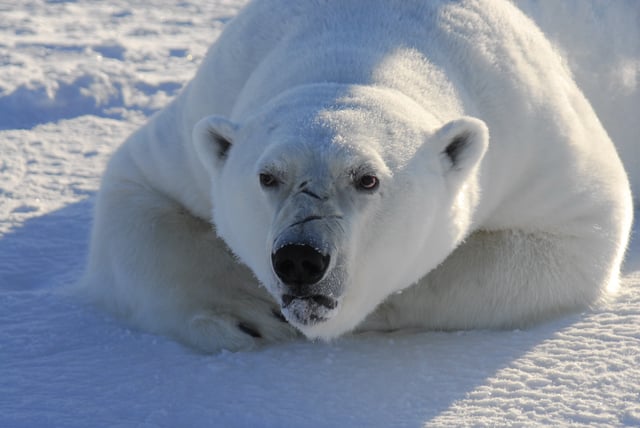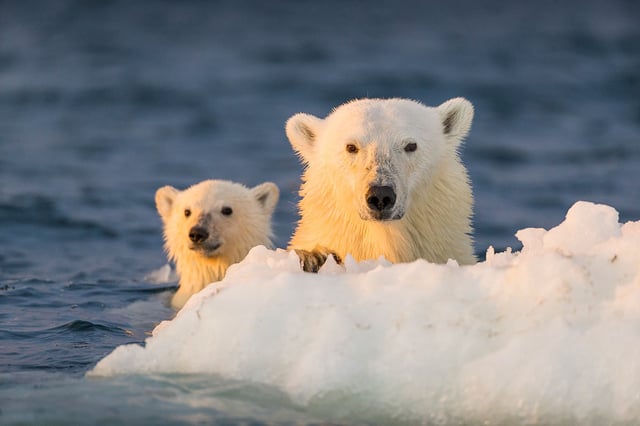Overview
- Analysis of more than 700 Greenland samples collected over 40 years reveals no decline in Arctic mercury despite global emission cuts since the 1970s.
- Mercury concentrations in polar bears and toothed whales are now 20 to 30 times higher than before the Industrial Revolution, posing neurotoxic risks.
- Researchers trace legacy mercury from major sources such as China to the Arctic, finding it can take up to 150 years to reach Greenland via ocean currents.
- The oceanic residence time of mercury exceeds 300 years, meaning reductions in atmospheric emissions will not translate into quicker Arctic recovery.
- Findings raise concerns for UN Minamata Convention goals, highlighting long-term health risks for indigenous communities.


